This post was last updated on November 2, 2023 by Preethi Sukumaran
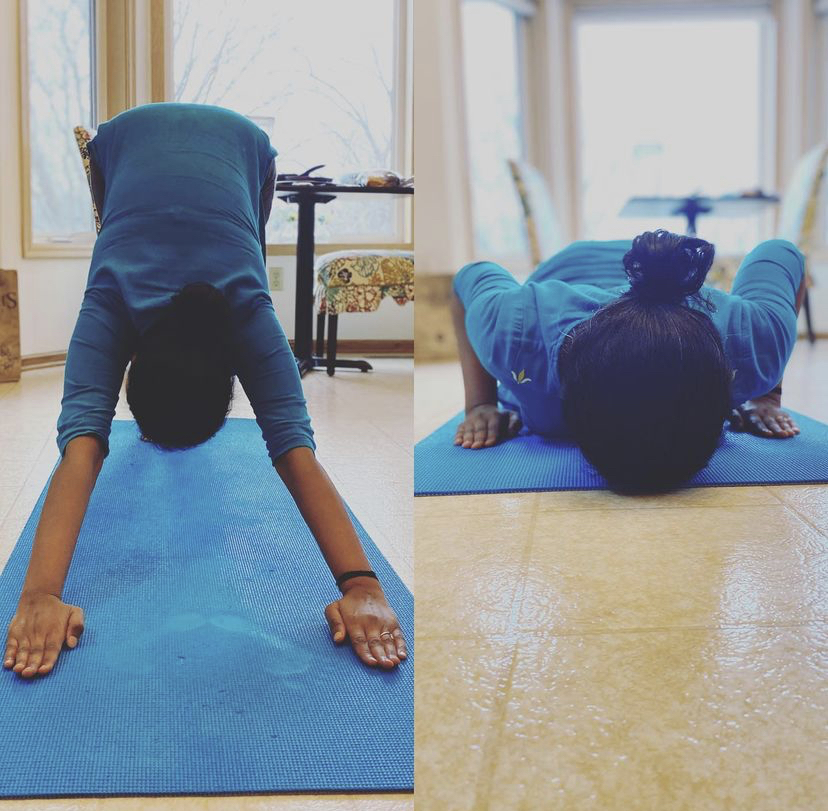
Guest Post by Srividhya of Yogavaram
The concept of dosha imbalance is very much a part of the language of South Indian households
Any joint pain or un-explained pain post eating vada or raw banana would be labelled as ‘Vadham’ (Vata imbalance). An instant home remedy would be to boil some jeera/saunf in water and drink that to ‘release’ gas pain.
Or phrases like ‘too much body heat, you need to take an oil bath’ or ‘this is pitta related vomit , Stop drinking so much coffee’.
“Don’t eat ice creams as it will increase your ‘kabam (kapha) ’
When you grow up hearing these phrases, it feels almost like a homecoming to adopt ayurvedic practices after 2 decades of dismissing traditional wisdom but eventually finding that it always had the answers for you.
My Ayurvedic Journey
My journey to seeking ayurvedic healthcare began 1.5 years ago when modern medicine was unable to address certain issues despite a long and complicated surgery.
Since then I have done a deep dive through working with Ayurvedic Vaidyas to understand my body and mind better and adopt a lifestyle that will allow me to enjoy balance/moderation and a healthy, happy life. My healing journey is on-going and I do not know what the outcome will be, but here are some learnings along the way.
Over the years, here are some classic Vata imbalances that combined to wreak havoc on my system and how I learned to deal with it.
- Exposure to extreme cold
- Eating large quantities of drying foods like salads and raw juices
- Cutting out essential fats like ghee.
- Staying up late and sleeping past midnight,
- Meals at irregular hours and giving long gap between meals
- Forgetting the essential practice of oil massage (Abhyanga Snana)
- Excessive travelling (both for work and pleasure)
- Stress, anxiety and excessive exercising
I will dive deep into each one of these classic vata-aggravators below
1. Cold exposure
Living in one of the coldest cities of the US with a 6 month winter and temperatures touching minus-30 degrees in the peak periods, was absolutely disastrous for my health. I romanticized the snow growing up in hot South India and faraway cold places sounded magical. But the reality is that it takes a toll on the system. Maybe my South Indian genes was not made for this? So why does it impact some people worse than the others? As Ayurveda explains, the nature of vata-dosha is cold and the extreme cold will aggravate vata and people experience varying degrees of symptoms based on their prakriti. We took the decision to move to a warmer weather with relatively milder winters like what Delhi experiences.
Even then with temperatures being single digit in the coldest months, taking precautions is mandatory to fight vata imbalance.
I always try to keep the extremities covered. In the house, thick socks, sweaters as needed, ears covered with a headband that gives some warmth to the head as well, long pants.
While stepping out, layering up becomes necessary. The layer closest to the skin is a full sleeved/ full pant thermal made of merino wool. This is a thin layer and is the base. Followed by a t-shirt, a thick sweater, a fleece jacket or a down jacket depending on the formality of the occasion. I never leave without gloves to cover the hands, a warm woollen hat that covers the head and the ears, a scarf that covers the chest. I even keep a spare set of gloves/hat in the car because if I misplace it when I am outside, I need an instant replacement! Feet are covered with warm socks and winter appropriate boots.
Layering is a technique that allows you to remove layers as needed based on whether you are outside or step indoors at a restaurant or someone’s home. I prefer to stay a little on the warmer side than expose myself to the cold so I do dress a little extra.
On a cold winter day as we were getting late for an appointment, my husband pulled the car out of the garage and I stepped out without my entire winter gear but holding it in my hand. In the few seconds that it took for me to walk to the car in thin clothes, I could instantly sense the chill biting into the skin and the goosebumps/mild white flake that showed up. That is how instantly Vata can go off with sudden exposure to extreme cold
As tiring as this sounds, it becomes essential and almost second nature.
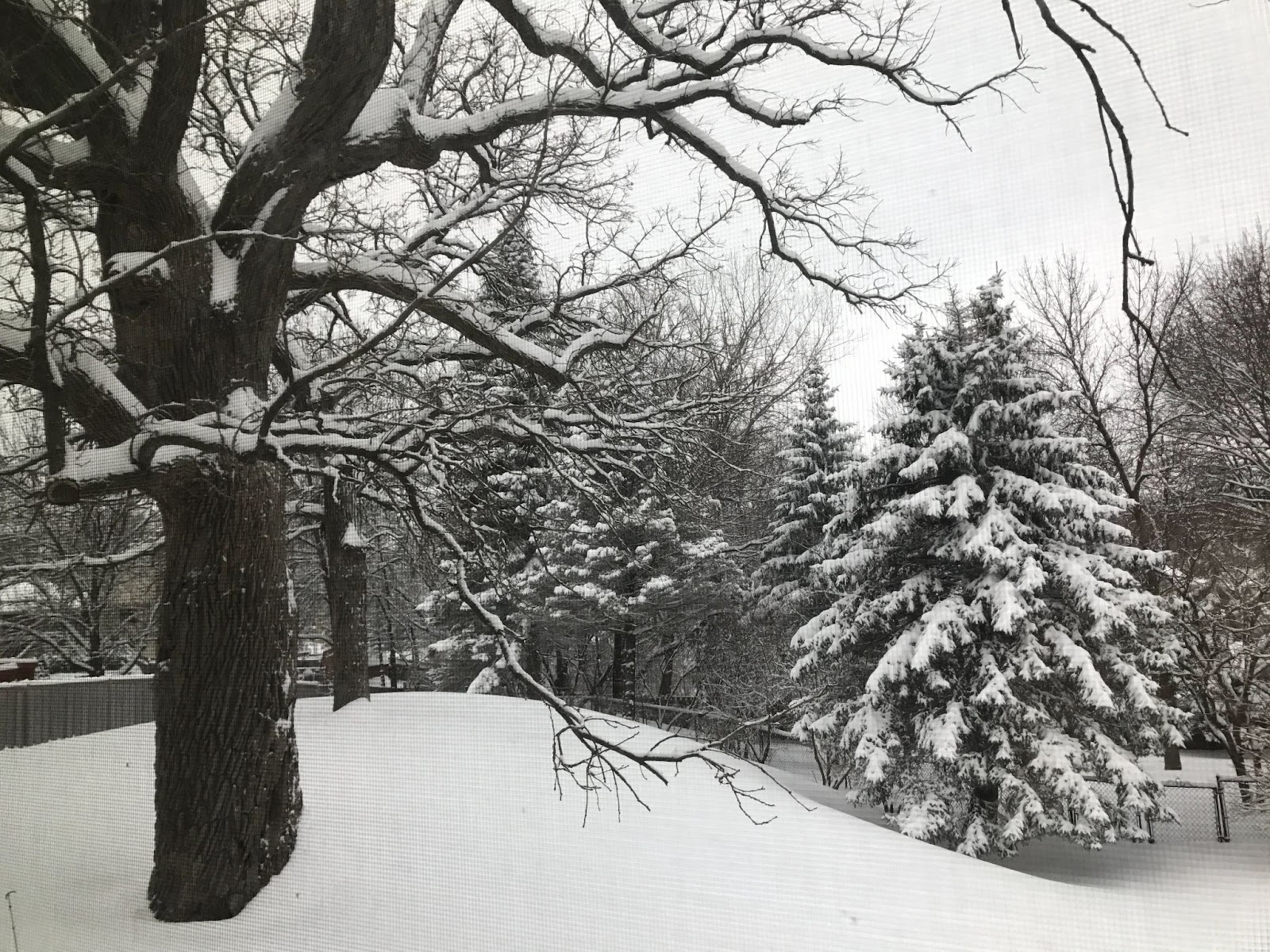
2.Eating large quantities of drying foods like raw salads, millets
Raw foods make for great social media posts. But what is suitable for one’s body must be determined by various factors such as age, activity, health condition, basic constitution, weather/season etc. Ignoring this basic tenet proved expensive for my health.
The signs were clearly there. Smoothie bowls with banana and half a dozen other ingredients would sit in my stomach and lead to incessant burping. My body did NOT like fruits in the morning. I remember the day I made a large coleslaw like salad – with broccoli stems, raw cabbage and shredded carrot. I made a LARGE batch, added a nut based creamy dressing and sent photos to my close friends bragging about my ‘healthy’ dinner. If only I had learned to pay attention to what my body was saying even while eating! Because for sure the next day showed me just how incompatible this meal was. I struggled to empty my bowels for 2 days which was counterintuitive to what is preached about fibre! Here I was stuffing my face with fibre but struggling to do a basic body function. I felt like a stone was refusing to come out. Looking back
I wince at what can only be termed as abuse of my system. A simple joy and something that should happen like clockwork for a body to be healthy is the ability to completely empty the bowels every morning. If your diet is not allowing for that, time to schedule a visit with a vaidya.
Similarly millets are considered harder for the body to break down and subsequently impacts how much nutrition can be absorbed and penetrates the dhatus all the way down to the reproductive dhatu. Switching to mostly rice/wheat/yellow and green mung dals, eating fresh home cooked meals that are unctuous has allowed me the freedom to focus on the basics of eating and nourishment.
And most importantly – rice kanji and roti dal videos may not go viral on Instagram but if it is what your body needs to beat constipation, that’s literally the best thing you can do for yourself!
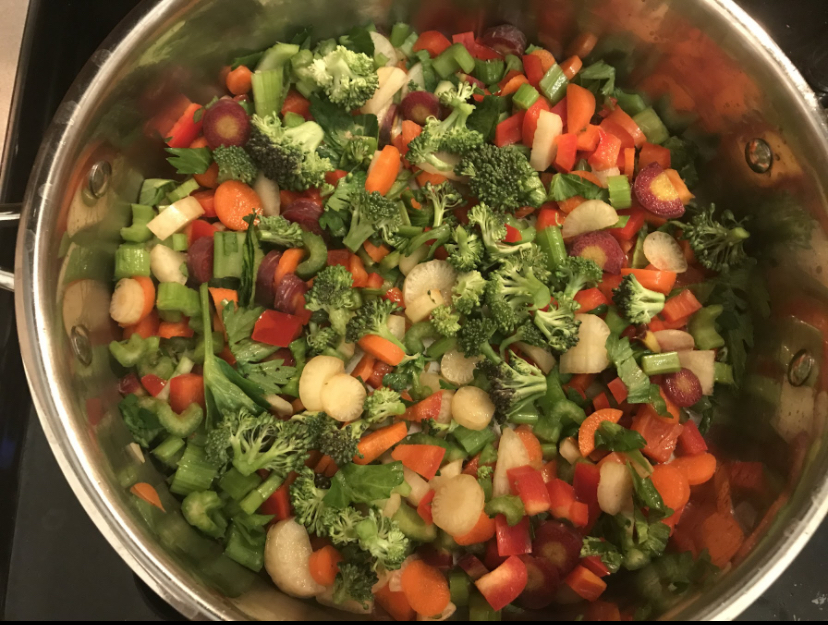
3.Vata aggravation due to excess travel
Travel by nature can increase Vata. As vata dosha is made up of the elements of Air (vayu) & Akash (space), it is mobile by nature. So excess travel or movement causes Vata Imbalance
Working a job I loved, enthused by the feeling of freedom and empowerment that travel brought, I spent 2018 and 2019 mostly living out of suitcases. I was on flights almost every alternate weekend, travelling to cold countries in winter, eating on the go and basically not cognizant of how much this travel could wreak havoc on my system.
Some measures I take to reduce travel related Vata imbalance include covering up on flights (ears, feet, hands), using ear drops before the trip (recommended by a vaidya), sipping hot water from my own flask, avoiding cold/dried up snacks given on board flights and an elaborate oil abhyanga before and after the journey.
I also put much thought into how I pack for travel and ensure oils are an integral part of my itinerary. While we pay attention to extremities and face by applying moisturizers, we tend to ignore the scalp and the other sources of aggravation which is the nasal cavity/ears. Daily nasyam is a recommended part of Ayurvedic regimen for good health.
I ordered 3 oz/100 ml (sizes allowed for cabin luggage) glass bottles with droppers and neatly labelled them. This kit is my travel companion – separate oils for the scalp, face, ears and nose. While oil for the scalp and face are from Krya, I use vaidya recommended oils for the nose and ears. I also travel with a bottle of abhyanga oil (vaidya recommended). This medicated oil is used for a quick 10 min scrub down before shower followed by ubtan/herbal wash powders and also for a nightly Pada Abhyanga (foot massage).If am out and about during the day when travelling, I layer up. I also have a personal flask which has boiled water that I drink from and replenish at every opportunity I get.
Other travel essentials I would recommend are a good eye mask, plenty of cotton socks so you do not soil the floor of your hotel, a thin spare sheet/pillow case that you can use in case you have a nightly oil routine and don’t want to dirty bedding belonging to your hosts.
I recently followed this regimen during a 10 day trip to a cold weather place.
Returning home at the end of the 10 days, I was proud of how much I had committed to the oil routine. No matter what, I found time to do abhyanga 9/10 days before heading out. I diligently did not use soap but stuck to herbal bath powders. Thankfully there is no turmeric in the bath powders that could stain the shower surfaces. Diligently oiled face and scalp after shower + drying off.
It certainly paid off. Skin looked nourished and healthy which shocked me. I also slept well through the 10 days which is not easy for me in a new place. (A classic sign of vata-predominant persons is they are light sleepers).
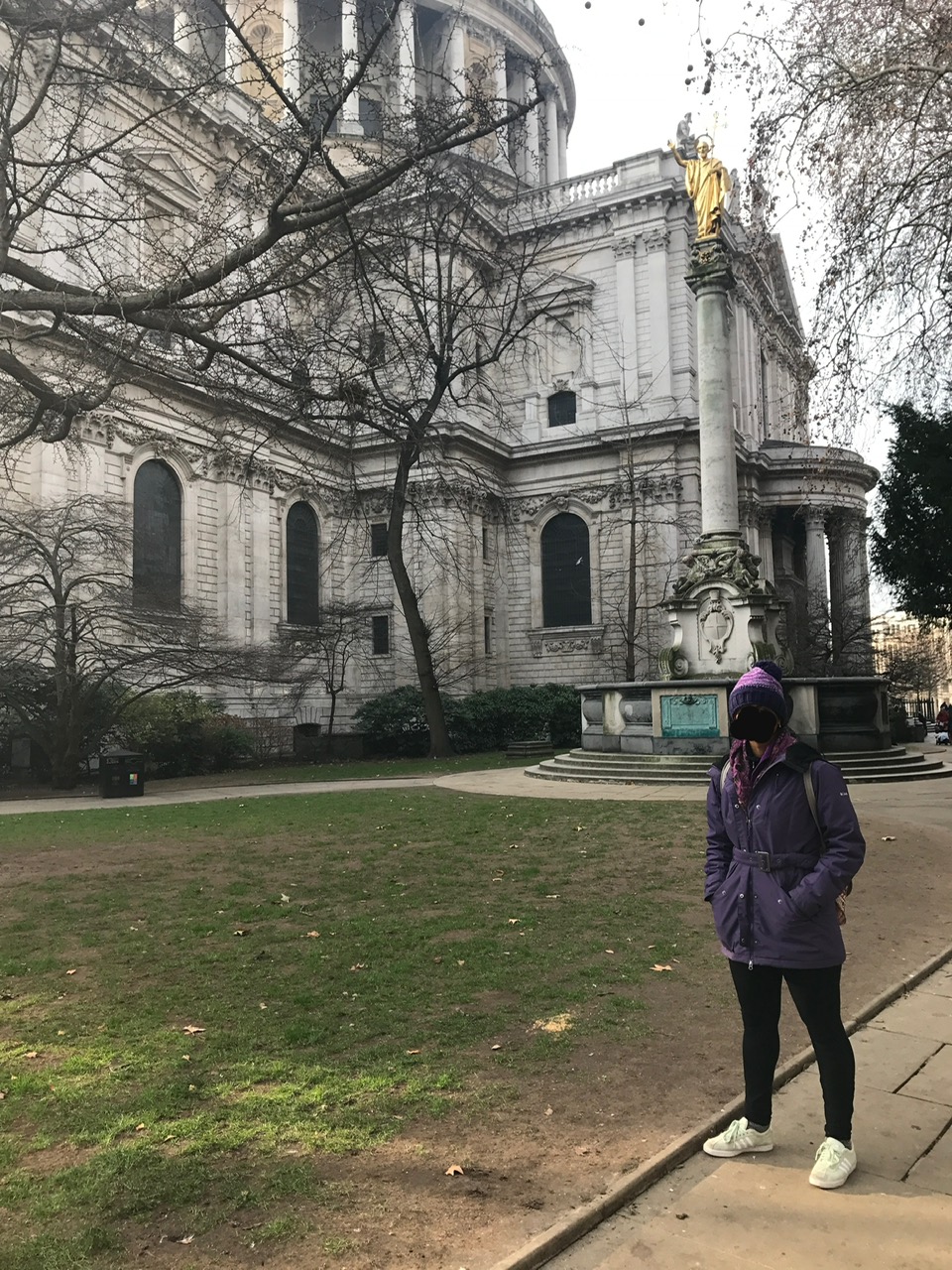
4.Cutting out essential fats like Ghee
Not enjoying cheese/paneer/curd/butter since childhood made it easy to cut out most dairy products from my diet. Plus I definitely related to the ethics of the vegan movement. Add to this the scare around saturated fat and the constant obsession with wanting to lose weight, I went fat free with my food. Dosas and poriyals became oil free, murukkus were baked instead of fried and everything oil free was touted as ‘healthy’. I did eat avocados and nuts often but I now realize these can be heavy to digest and are not a direct replacement for traditional cooking oils or desi ghee in foods.
In one of my first conversations with a vaidya, she insisted I add ghee back to my diet. Ghee was a staple in our diets while growing up. Hot rice and dal topped with ghee was instant comfort! Giving up on this did not bode well for my body but it took 15 years to realize that. I remember a week after adding ghee back to my diet, I could effortlessly get into some of the yogasanas that I had struggled with. I am guessing basic lubrication was missing from my joints!
Over the last year I have added good fats back into my food – I have understood the reasoning behind tadka, adding oil/ghee to cooked food to help with digestion. I have also been on a regimen of medicated ghritams (ghees) at specific times in the day. I was apprehensive that all this fat consumption would lead to weight gain but I haven’t gained a single kilogram all of this year! All while enjoying ghee on my rotis/hot rice, sesame oil in my dosas and the nutty flavour of coconut oil in my poriyals. I call that a win!
I still eat largely plant based, I am conscious as a consumer and do my bit to live sustainably. Liberal amounts of ghee and a smattering of milk are my indulgences and also possibly helping me get through the dry and vata aggravating winters here.
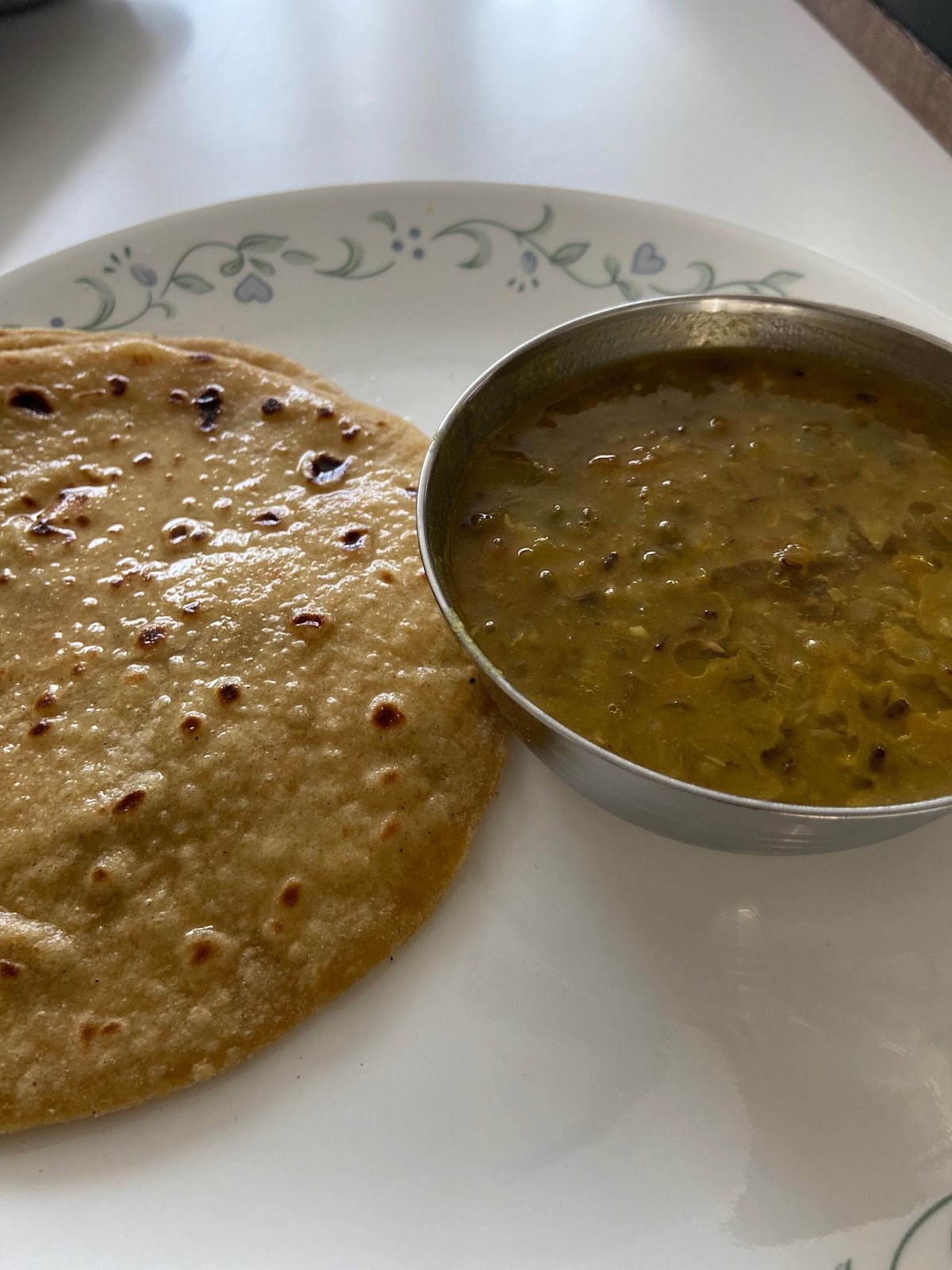
5. Staying up late at night
As a teen it irked me that the 9:30 pm bedtime was enforced staunchly. It looked like my friends were having fun staying up late while my family remained old fashioned. Then came college where late night study sessions became a new normal. This became a way of life even in adulthood where I stayed up past midnight fairly regularly.
When I started the intense process of Panchakarma with a vaidya, one of the requirements was to sleep by 10 pm. With my deep dive into Ayurveda, I realized that sleeping and waking up at certain hours has a huge impact on regulating hormonal health. Staying up late (called Ratri Jagrata) leads to dryness and vata aggravation. So prioritizing sleep, winding down slowly from 8 pm, (trying to) put away all technology, spending time meditating/chanting/listening to classical music, reading books, dimming bright lights all help me to wind down and hit by 10:30 pm at least.
6. Irregular meal hours and fasting
One of the key aspects of balancing vata is routine. On the other hand, chaos causes vata imbalance.
This is tricky because routine also gets quickly boring and a lack of routine is vata aggravating. So learning to eat at regular hours, prioritizing home cooked meals and eating for good digestion has been a game changer. Being dry and depleted, fasting without being closely monitored by a vaidya further aggravated my vata. While fasting was not suited to my body, overeating at a single meal also impaired my digestion. Balance is key. My vaidya’s guidance to me was ‘When you are hungry, don’t skip your meal. When you are not hungry, do not eat’. Both, incessant snacking and prolonged deprivation are not supportive for addressing vata and mindful eating is so essential to bring the system back to balance. It is still work in progress!
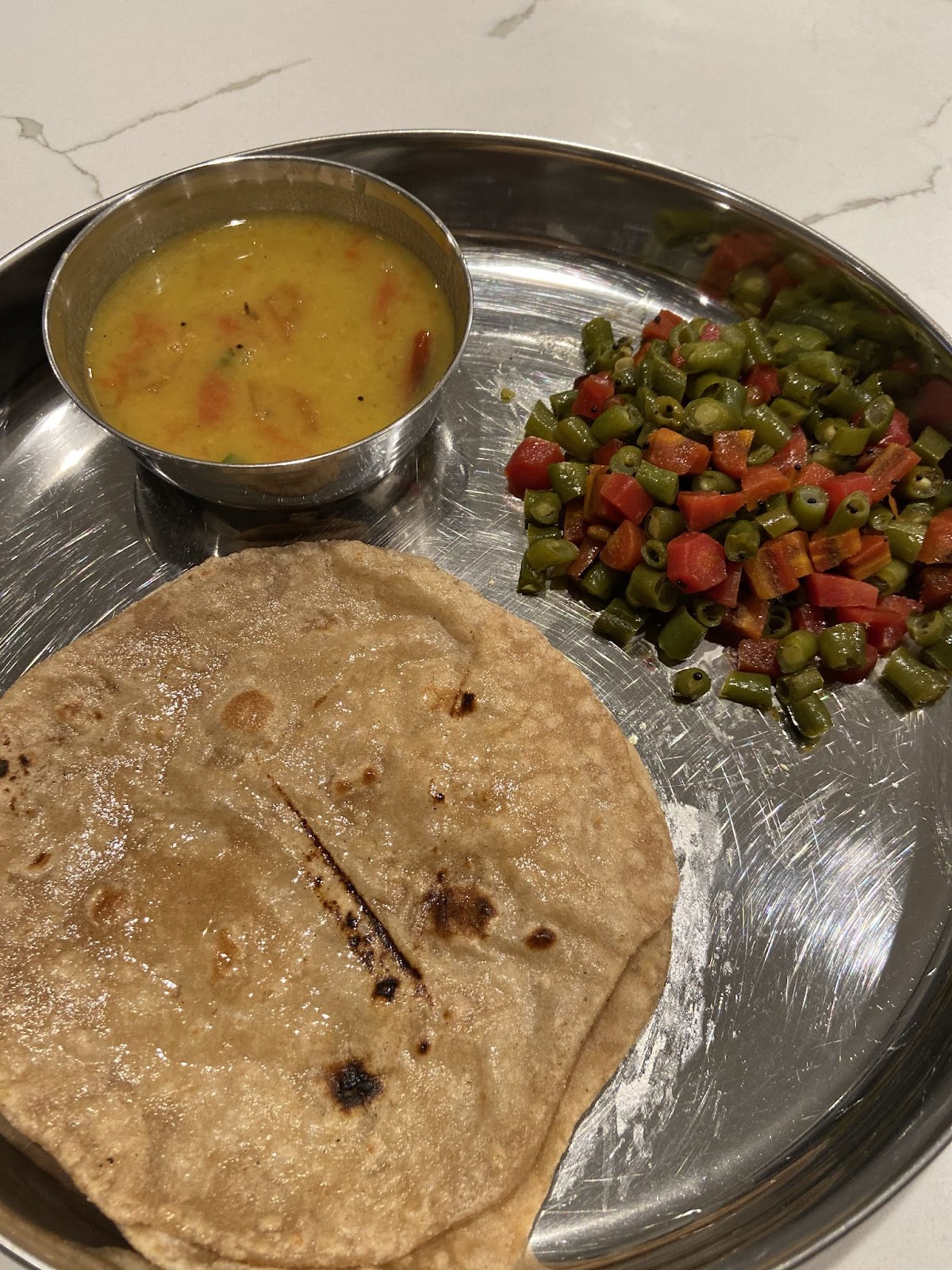
7.Oil massage or Abhyanga Snana
The drowsy Saturday afternoons post an oil bath was an integral part of life, growing up. Warm sesame oil would be vigorously massaged into the head and body followed a hot water bath with shikakai and chickpea flour. Of course this also needed additional work like cleaning the bathroom because of the oil and turmeric stain everywhere! But the post abhyanga bliss would be followed with sambrani-smoke on semi-wet hair and oodles of tears from the eyes in the afternoon (which we were reminded as ‘heat leaving the body through the eyes’)
Going to study abroad after school and living in a hostel, becoming ‘logical/rational’, dismissing or not seeking to understand the wisdom behind certain practices or simply not having the time for such an elaborate ritual meant giving up on something immensely beneficial.
I attempted to reconnect with oil but ended up using coconut oil (the new superpower America had discovered) on my skin and hair and was oblivious to the fact that it was worsening my issues. The skin continued to remain scaly and extremely dry. Knowing better now, it looks like coconut oil was too heavy and cold. I needed a warming oil that was specially designed to penetrate and lubricate the skin on many layers. A vaidya recommended abhyanga oil has become an indispensable part of my weekly routine. With peak winter just starting, I use the abhyanga oil almost everyday to give myself a quick but thorough rub down pre shower and then use herbal powder to leave some traces of oil back on the skin. This has become such an indispensable part of my lifestyle, I have convinced several people around me to adopt the same and they have come back to thank me. I do not recommend oils to others but warmed up sesame oil seems to do the job for most of my friends living in a cold climate.
Of course the post-abhyanga fragrance is real! The skin and hair smell so subtle and earthy and there is a sense of wellness/peace post shower.
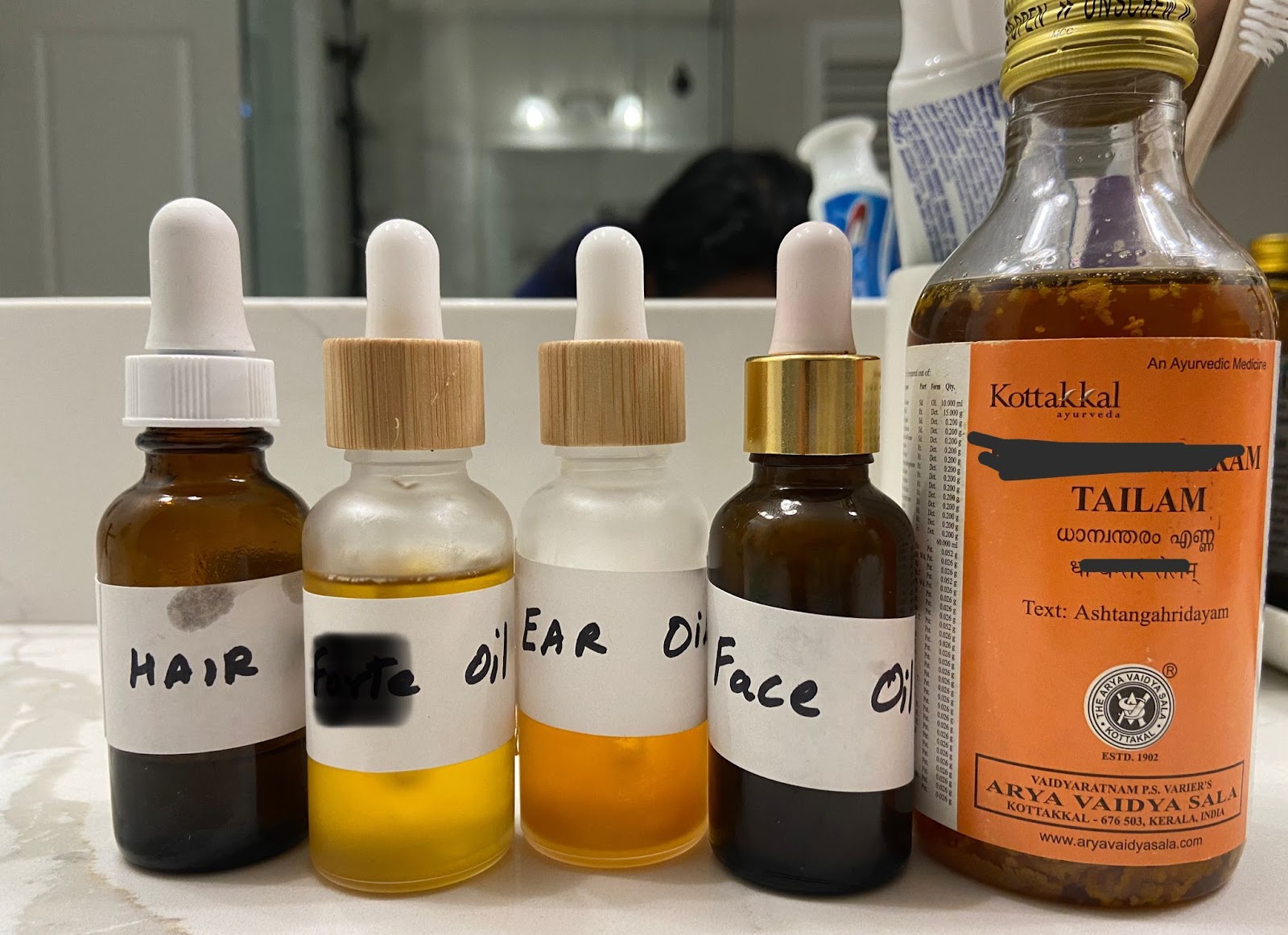
8.Stress, anxiety, excessive exercising
It is said that in today’s urban life there is a predominant vata aggravation because we are so stressed, distracted and over stimulated as a generation with our multiple screens. We live and work in air conditioned spaces, stare at screens for long hours, play loud music and generally attempt to multitask so much that we are left scattered and depleted. I pushed myself all through the 20s. I was dealing with heavy disagreements and anger within very close relationships that remained unresolved for many years. I was meditating and doing yoga but the vata aggravation in the body was showing in the mind and conversely the emotions in the mind were depleting the body further. It is just one vicious cycle!
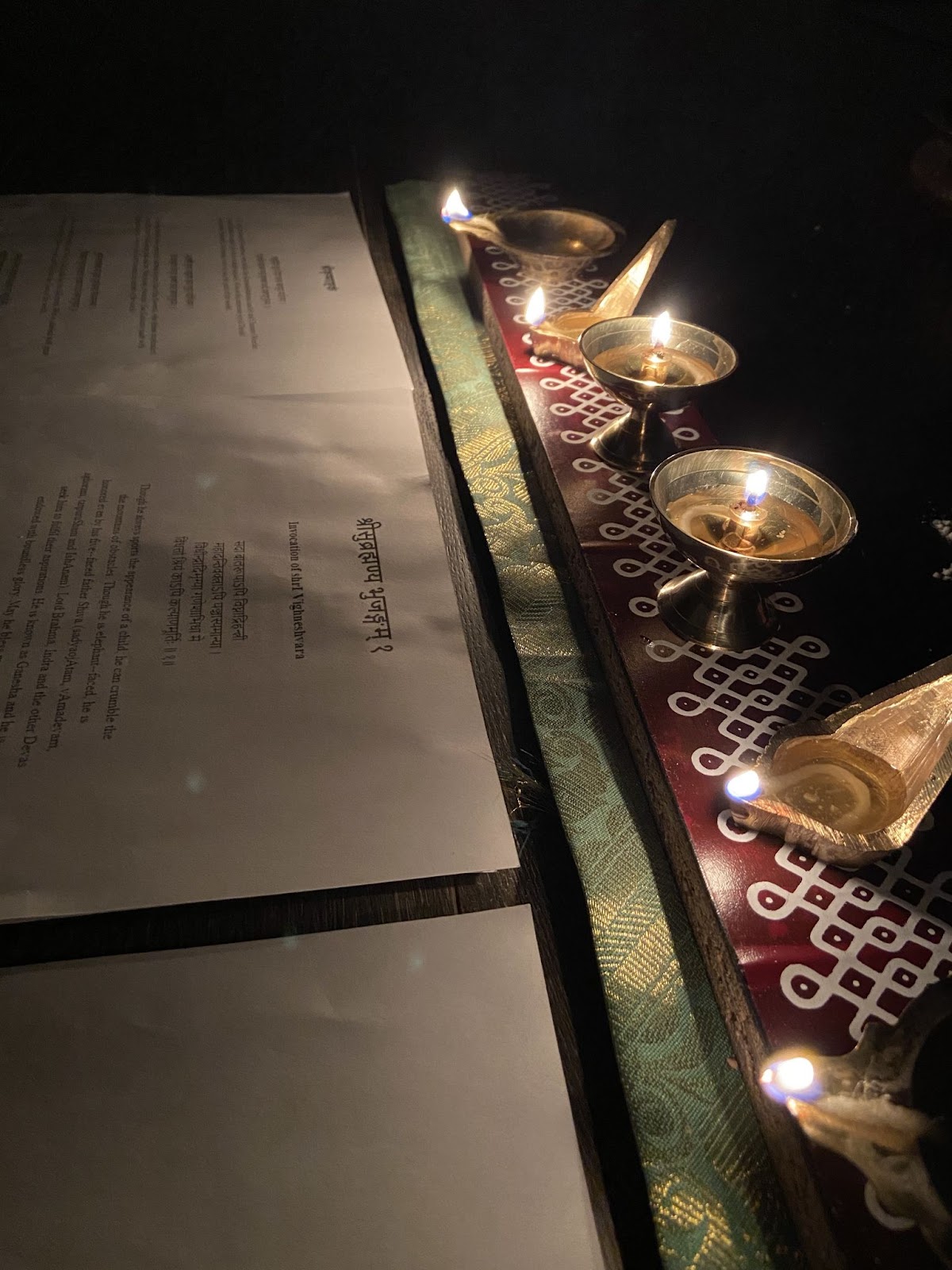
Breaking this cycle has taken work simultaneously on the body and mind. Working on the body is one part of the equation and the mind is the other very important part.
Learning to live in acceptance and humility, being ok with uncertainty, lowering expectations, learning to let go, finding joy/love in the small moments of life and trusting that grace will always see you through – this has been key to keeping the mind rooted in reality. It sounds very hard to practise but also is key to finding harmony in life. Without this harmony, any effort to work on balancing Vata will be futile because the mind will constantly derail all the progress.
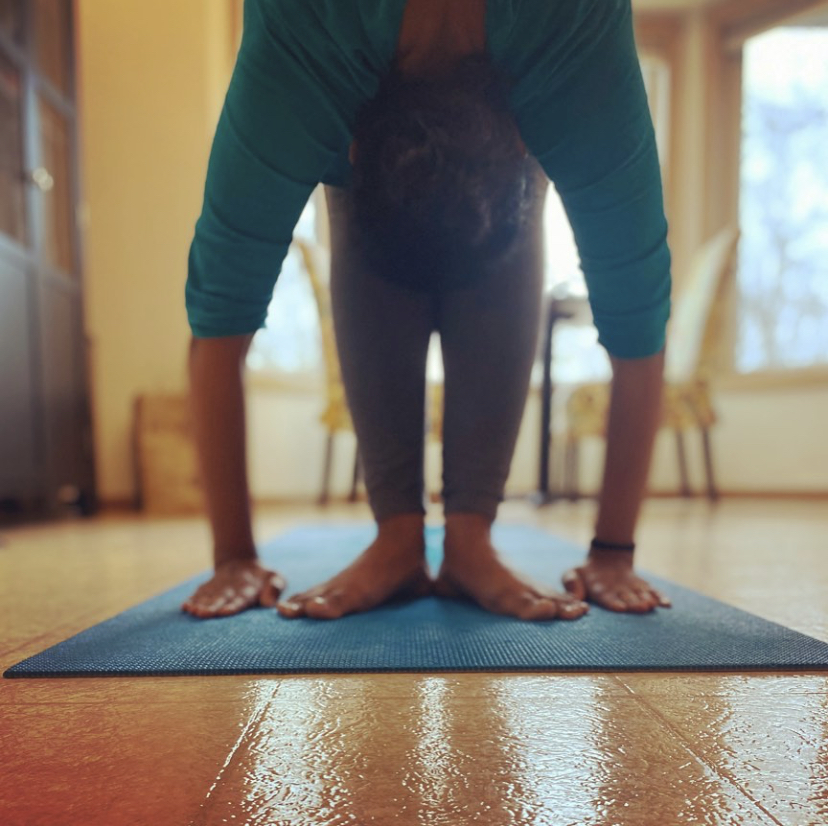
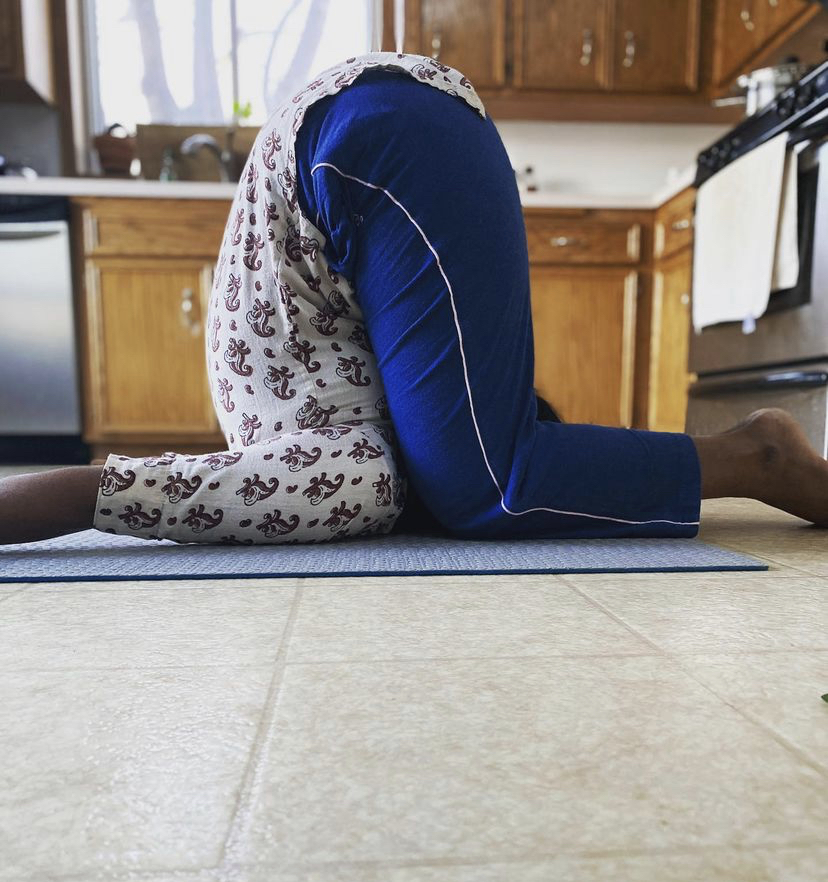
Guest Writer Biography
Srividhya is a UX researcher and classical Hatha Yoga teacher by profession and a lifelong seeker on the spiritual path. Having lived a decade each in 3 different countries and travelled to several more, her longing to expand has eventually brought her heart back to her roots – Sanatana Dharma, Ayurveda and anything to do with the land of Bharath. She prefers a good hike to a waterfall over spending time in a mall anyday and has premade retirement plans with her spouse and childhood best buddy – temple hopping, prasadam hunting and seeking out padal petra sthalams to relive the thevarams for each sthalam. She can be reached at https://www.facebook.com/yogavaram or at @srivi_rad on Instagram.





I came across this post while searching for some products to balance by vata. lol
We’re in the same boat sister. It also took me a while to understand all that is raw is not supportive for my body. How vata imbalance can cause body pains, constipation and dry skin. Like yourself, i have multiple oil bottles not creams. Abhyanga massages are so divine and while the world go crazy on cold beverages, i find solace sipping on hot drinks.
May we continue staying true to ourselves, taking care of body and keeping up with our sadhana routines 🙂
P.S Thank you so much for writing a detailed post as such. Helped me clear some doubts.